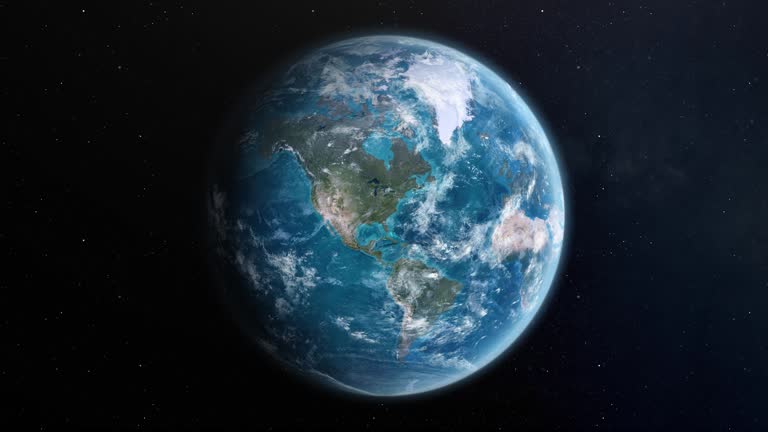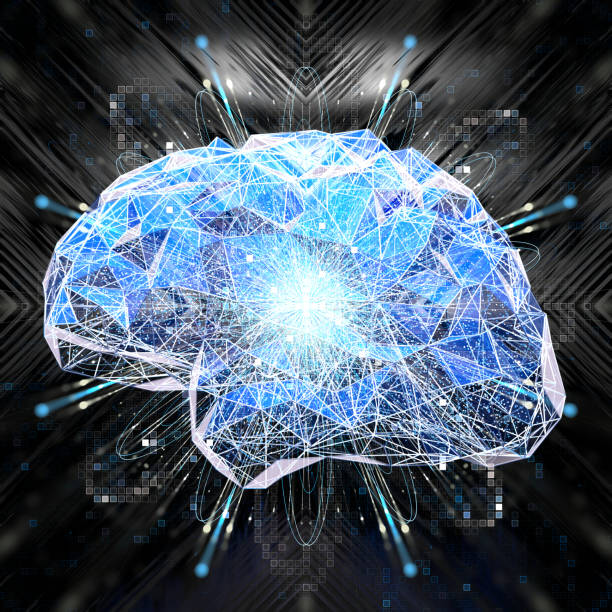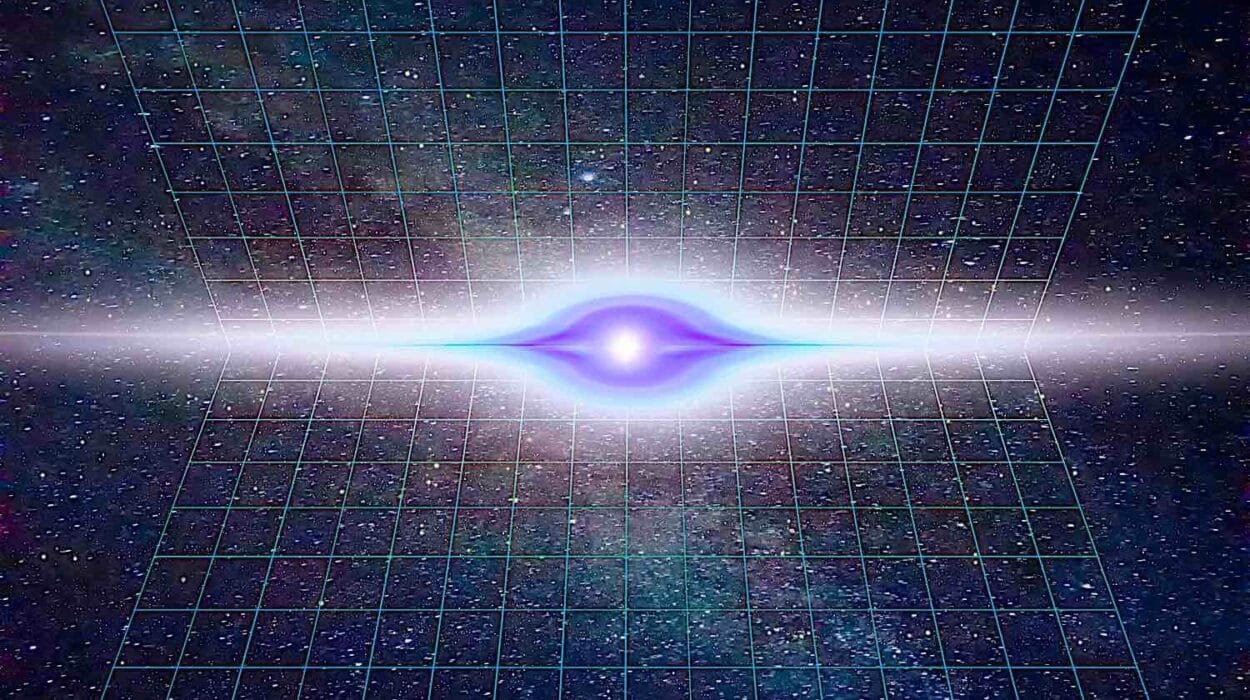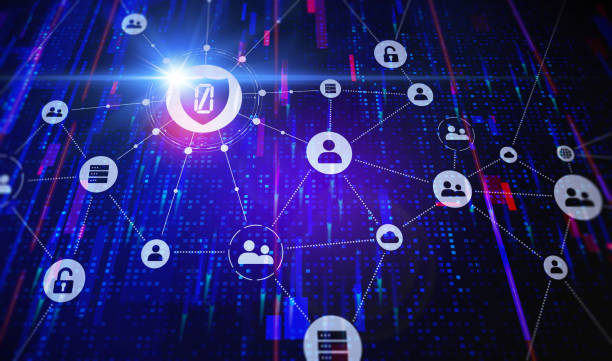Humanity is a force of nature. For billions of years, Earth’s landscapes, oceans, and skies were shaped by volcanic eruptions, shifting tectonic plates, and the steady hand of evolution. Then, in just a few thousand years—a blink of an eye in geological terms—humans emerged as the dominant species, reshaping the planet in profound and permanent ways.
With our ingenuity, ambition, and technology, we have transformed forests into farmland, rivers into reservoirs, and minerals into megacities. We’ve built a civilization capable of reaching space, curing diseases, and unlocking the secrets of atoms. Yet this same power has altered ecosystems, changed climates, and disrupted the delicate balance of life on Earth.
Some of these changes bring progress and innovation, while others carry risks and unintended consequences. But together, they reveal a startling truth: humanity is no longer just a passenger on this planet—we are engineers of its future.
Here are 16 ways humans are changing the planet forever.
1. Climate Change
Perhaps the most urgent transformation is human-driven climate change. By burning fossil fuels like coal, oil, and gas, we have released billions of tons of carbon dioxide and methane into the atmosphere. These greenhouse gases trap heat, raising Earth’s average temperature.
The consequences are already visible: melting glaciers, stronger storms, rising sea levels, and shifting weather patterns. Regions once fertile are turning to desert, and species are being forced to adapt—or vanish.
Scientists warn that unless emissions are drastically reduced, the warming could accelerate, triggering feedback loops like permafrost thawing and ice sheet collapse. Climate change is not just altering the environment—it is redefining the conditions under which human civilization itself can survive.
2. Deforestation
Forests once covered much of Earth’s land. Today, vast swaths have been cleared for agriculture, logging, and urban expansion. The Amazon rainforest, often called the “lungs of the planet,” is losing thousands of square kilometers each year.
Deforestation destroys habitats, drives species to extinction, and reduces the planet’s ability to absorb carbon dioxide. Tropical forests, in particular, are home to staggering biodiversity, and their loss reverberates through global ecosystems.
Humans may replant trees or manage forests, but once ancient ecosystems are gone, they can never truly be restored to their original complexity.
3. Plastic Pollution
Since the 20th century, plastic has revolutionized human life—cheap, versatile, and nearly indestructible. But its durability has created a global crisis. Every year, millions of tons of plastic end up in oceans, rivers, and soil.
Microscopic plastic particles, called microplastics, are now found everywhere—from the Mariana Trench to Arctic ice, from the stomachs of whales to the food we eat. Unlike organic waste, plastic does not biodegrade; it breaks down into smaller and smaller pieces, persisting for centuries.
Future geologists may one day identify our era by a “plastic layer” in Earth’s sediments—a permanent marker of humanity’s impact.
4. Urbanization
The rise of cities has transformed the landscape. Half of humanity now lives in urban areas, with megacities like Tokyo, Delhi, and Shanghai home to tens of millions of people.
Urbanization concentrates resources, technology, and culture, but it also paves over natural habitats, alters water cycles, and increases pollution. Cities create “urban heat islands,” where concrete and asphalt trap heat, raising local temperatures.
Skylines may glitter with human achievement, but from space, the glow of cities at night is a reminder of how deeply we have reshaped the planet’s surface.
5. Agriculture and Land Use
Agriculture is humanity’s oldest and most powerful tool for reshaping Earth. To feed billions, we have cleared forests, drained wetlands, and irrigated deserts. Industrial farming now covers over one-third of Earth’s land surface.
This transformation sustains civilization but comes with costs: soil erosion, pesticide pollution, fertilizer runoff, and habitat destruction. The cultivation of just a few staple crops—wheat, rice, corn, and soy—has reduced biodiversity and made global food systems more vulnerable to disease and climate shocks.
The domestication of plants and animals changed Earth forever, turning wild ecosystems into landscapes tailored for human survival.
6. Overfishing
For centuries, the oceans seemed inexhaustible. Today, overfishing has pushed many fish populations to the brink of collapse. Industrial trawlers, longline fishing, and factory ships harvest fish faster than they can reproduce.
Cod, tuna, and swordfish populations have plummeted. Coral reefs, which depend on balanced ecosystems, are suffering from the removal of key species. Even small-scale fishing villages struggle as stocks dwindle.
If trends continue, the oceans could lose much of their richness, altering marine ecosystems for generations.
7. Biodiversity Loss
Human activity has triggered what many scientists call the Sixth Mass Extinction. Species are disappearing at rates thousands of times faster than natural background levels. Habitat destruction, hunting, invasive species, and pollution are all culprits.
From the majestic Sumatran tiger to the smallest pollinating bee, life forms are vanishing, taking with them millions of years of evolutionary history. Biodiversity is not just about beauty or wonder—it is essential for ecosystem stability, food security, and human survival.
Extinction is forever. Once a species is gone, the planet loses something irreplaceable.
8. Freshwater Depletion
Water is life, yet humans are exhausting freshwater supplies faster than they can be replenished. Rivers like the Colorado, the Indus, and the Yellow River are so heavily used for irrigation and industry that they often fail to reach the sea.
Underground aquifers, formed over thousands of years, are being drained to feed crops and cities. As populations grow, water scarcity will become one of the defining challenges of the 21st century.
Unlike oil or minerals, water has no substitute. The overuse of freshwater is permanently altering landscapes, drying wetlands, and straining ecosystems.
9. Air Pollution
From smog-shrouded megacities to the invisible spread of greenhouse gases, air pollution is one of humanity’s most pervasive impacts. Burning fossil fuels releases not only carbon dioxide but also sulfur dioxide, nitrogen oxides, and particulate matter.
Air pollution kills millions each year, contributing to respiratory diseases, heart problems, and strokes. It also affects wildlife, damaging crops and acidifying lakes and forests.
Even if we someday shift to cleaner energy, the atmosphere will carry the scars of our industrial age for generations.
10. Mining and Resource Extraction
Human hunger for minerals has carved scars into Earth’s crust. From open-pit mines to mountain-top removal, resource extraction reshapes landscapes and pollutes rivers and soil.
The demand for rare earth metals, used in electronics and renewable technologies, is accelerating this trend. While essential for modern life, mining often destroys ecosystems and displaces communities.
Unlike forests that can regrow, mined landscapes may remain permanently altered, stripped of their natural richness.
11. Ocean Acidification
The oceans absorb about a quarter of the carbon dioxide humans release. While this buffers climate change, it comes at a cost: the oceans are becoming more acidic.
This shift threatens marine life, especially corals, shellfish, and plankton that rely on calcium carbonate to build their skeletons and shells. Entire food webs could collapse, endangering fish populations and human livelihoods.
Ocean acidification is a silent crisis—less visible than melting ice, but equally transformative and irreversible on human timescales.
12. Nuclear Impact
Since the 20th century, humans have unlocked the destructive power of the atom. Nuclear weapons testing has left traces of radiation across the globe, detectable in soils, ice cores, and even human bones.
Nuclear accidents like Chernobyl and Fukushima scar landscapes for decades, creating exclusion zones where life is altered. Meanwhile, nuclear waste from power plants remains hazardous for tens of thousands of years, a responsibility that future generations will inherit.
Humanity’s nuclear legacy is a permanent marker of our species’ ability to alter the planet.
13. Invasive Species
Global trade and travel have spread species far beyond their native ranges. Some thrive in new environments, outcompeting local species and destabilizing ecosystems.
Examples include zebra mussels in North America’s Great Lakes, cane toads in Australia, and kudzu in the southern United States. These invasions reshape food webs, reduce biodiversity, and sometimes cause economic harm.
By moving species across the globe, humans have unintentionally redrawn the map of life on Earth.
14. Genetic Engineering
Humanity is no longer limited to shaping landscapes—we are now altering life itself. Genetic engineering allows scientists to modify crops for higher yields, create pest-resistant plants, and even engineer animals for medicine and research.
The potential is staggering: disease-resistant crops, cures for genetic disorders, and even the possibility of resurrecting extinct species. But genetic engineering also raises ethical and ecological questions. What happens when engineered genes spread into the wild? Could we accidentally destabilize ecosystems?
Whether for good or ill, the ability to rewrite DNA is one of humanity’s most profound and irreversible impacts.
15. Space Debris
Our influence now extends beyond Earth itself. Decades of launching satellites and rockets have littered orbit with debris—spent rocket stages, broken satellites, and fragments from collisions.
This “space junk” poses risks to spacecraft and astronauts. A cascade of collisions could one day make parts of Earth’s orbit unusable, limiting our access to space.
Even here, in the vastness beyond our planet, humanity has left a permanent footprint.
16. Cultural and Geological Signatures
Beyond physical changes, humans are leaving cultural and geological markers that will endure for millennia. Cities, roads, dams, and monuments will fossilize into future landscapes. The Anthropocene—the proposed new geological epoch defined by human activity—may one day be identifiable in Earth’s rocks, with layers of plastic, concrete, and radioactive isotopes.
In this sense, humanity is writing itself into the planet’s geological story, leaving a legacy as indelible as the asteroid that ended the age of dinosaurs.
Conclusion
Humans are reshaping Earth in ways both awe-inspiring and alarming. We are builders, creators, and innovators, but also destroyers, exploiters, and polluters. Our impact is everywhere: in the atmosphere, in the oceans, in the very rocks beneath our feet.
Some of these changes may be reversible, others not. Some may lead to innovation and renewal, while others threaten the very systems we depend on. What is certain is that the planet of the future will not be the same as the one our ancestors inherited.
The question is no longer whether humans are changing the planet—we are. The question is what kind of planet we choose to leave behind.






